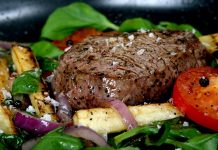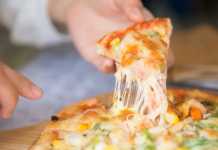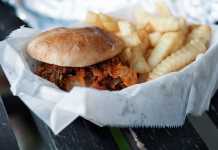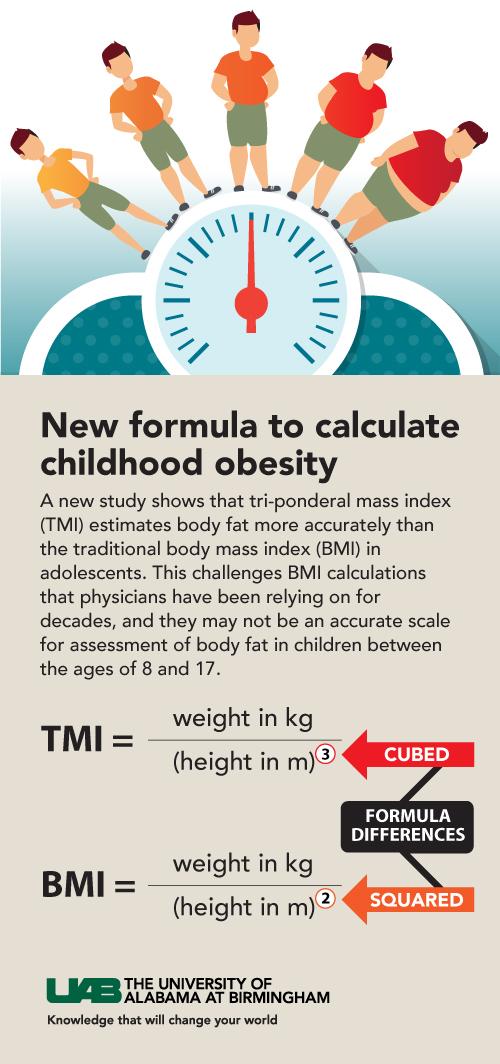March 2004 - Whether it's snacks, sandwiches or full restaurant meals, recent experiments at Penn State have shown that we eat more when we're given more and that large portions may be contributing to the obesity epidemic.
Dr. Barbara Rolls, who holds the Guthrie Chair of Nutrition in Penn State's College of Health and Human Development and who led the studies, says, "You can't rely on somebody else to put the right amount of food on your plate, in your sandwich or in your snack pack. And you can't depend on your appetite to tell you when to stop eating, either, since our experiments show that the study participants often didn't notice changes in portion size even when they were given 50 percent or 100 percent more food.
"Those who want to reduce their risk of gaining weight should realize that when they are served big portions of high-calorie foods, they're likely to end up overeating," she adds.
Rolls' group is the first to publish a study of the effects of portion size on the patrons of a public restaurant. The study, "Increased Portion Size Leads to Increased Energy Intake in a Restaurant Meal," is detailed in the current issue of the journal, Obesity Research. The authors are Nicole Diliberti, former Penn State graduate student, Dr. Peter Bordi and Dr. Martha T. Conklin, faculty in Penn State's School of Hotel, Restaurant and Recreation Management; Liane Roe, research nutritionist; and Rolls.
In this experiment, on different days, the size of a baked ziti portion served in a public restaurant was varied between a standard portion and a larger serving containing 50 percent more. The price for the meal, which included a pesto-stuffed tomato and a roll and butter, remained the same. Customers who ordered the meal were also asked to rate their satisfaction and the appropriateness of the portion size. In addition, their food intake was measured by weighing each entree in the kitchen before and after the meal.
Continue Reading Below ↓↓↓
The results show that when customers were served 50 percent more ziti, they ate nearly all of it or an average of 172 more calories. Surprisingly, they also ate more of the accompaniments as well. Nevertheless, the survey responses showed that the diners rated the size of both portions as equally appropriate.
Rolls says, "The effect of portion size was seen in customers of both sexes and in all categories of age and body size."
Results in laboratory studies of the effects of increasing the portion size of packaged snacks and a submarine sandwich were similar. In the snack study, published in the current issue of the journal, Appetite, participants were given potato chips in unlabelled opaque packages in five different sizes, 1 oz., 1.5 oz, 3 oz., 4.5 oz., and 6 oz. as a snack on different days. Women ate 184 more calories and men ate 311 more calories from the largest package compared to the smallest.
In the submarine sandwich study, published in the current issue of the Journal of the American Dietetic Association, 75 young men and women were offered sandwiches, 6, 8, 10 and 12 inches long for lunch on different days. Women ate an extra 159 calories, or 31 percent more calories, and men ate an extra 355 calories, or 56 percent more, when served the largest sandwich compared to the smallest.
"These studies show that for a variety of different foods, both in controlled lab studies and in a restaurant, large portions lead to increased calorie intake," says the Penn State researcher. "Frequently, individuals were unaware that they were eating more, and did not feel any fuller after the meal. Consumers need to be aware of the effect of large portions and develop strategies to avoid excess consumption. These include choosing smaller portions, sharing large portions, and setting some food aside for later."
The studies were supported by a grant from the U.S. National Institutes of Health.
Source: Penn State









